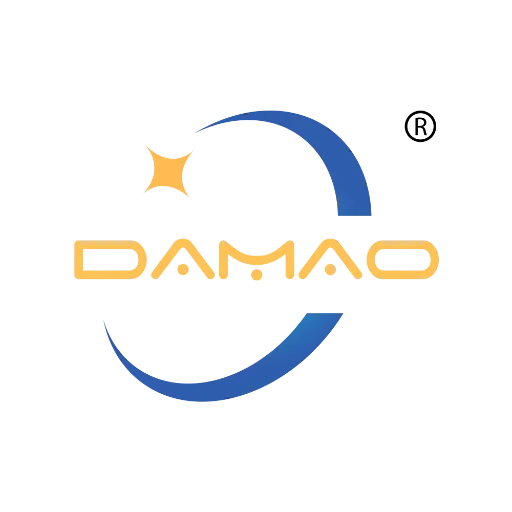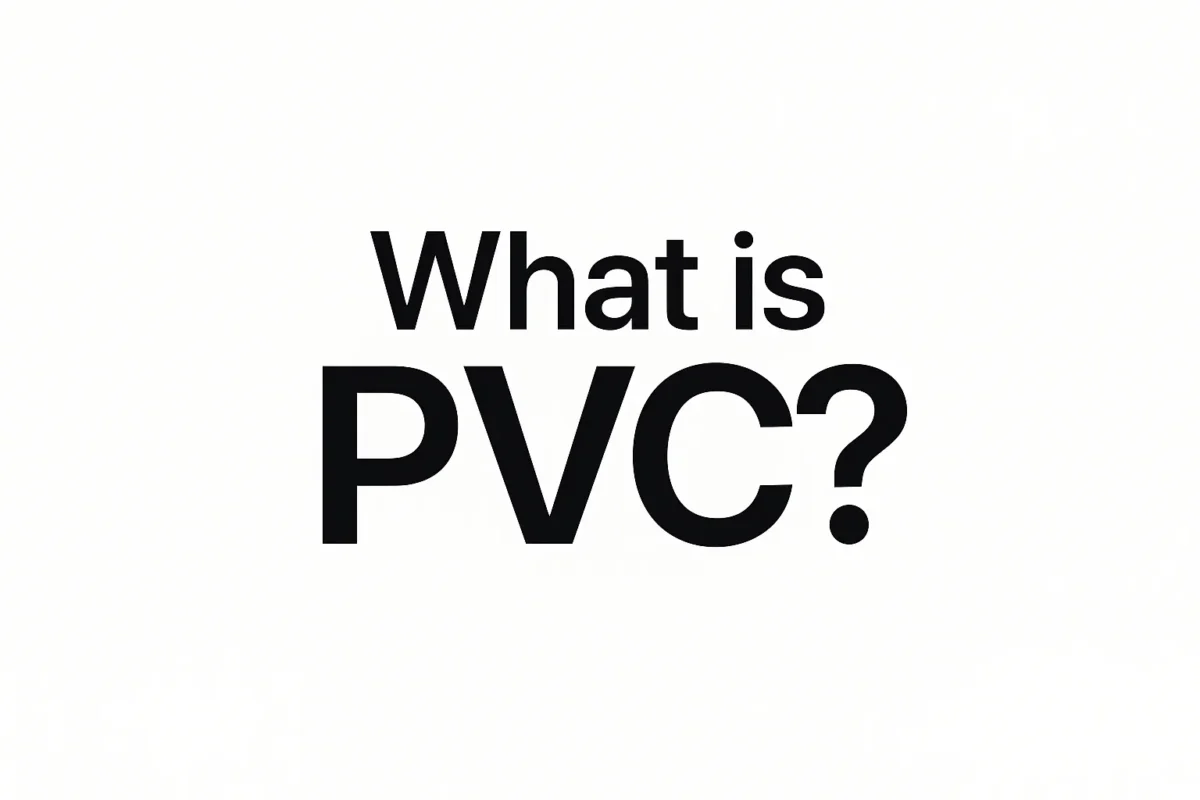Polyvinyl chloride, commonly known as PVC, is a versatile and widely used synthetic polymer that plays a crucial role in many industrial applications. For professionals involved in purchasing, engineering, or technical operations, understanding PVC’s properties, manufacturing, and uses is essential for making informed decisions. This article provides a detailed overview of PVC, its types, characteristics, industrial applications, and manufacturing processes, with a focus on the needs of industrial equipment users.
What is PVC?
PVC (Polyvinyl Chloride) is the world’s third-most-produced synthetic plastic polymer, after polyethylene and polypropylene. It is a thermoplastic material available in two main forms: rigid PVC (RPVC) and flexible PVC. Rigid PVC is hard and durable, while flexible PVC is softened by plasticizers to allow bending and elasticity.
PVC is a white, brittle solid in its pure form and is produced as powder or granules. It is known for its chemical resistance, durability, and cost-effectiveness, making it a popular choice across various industries.
Physical and Chemical Properties of PVC
Understanding PVC’s physical and chemical properties is key for industrial applications:
- Resistencia química: PVC is highly resistant to acids, alkalis, and most inorganic chemicals, which makes it ideal for chemical processing equipment and piping systems exposed to corrosive substances. It does swell or dissolve in some organic solvents like ketones and aromatic hydrocarbons, but remains stable in many industrial environments.
- Mechanical Stability: PVC exhibits excellent mechanical strength and durability. It has low creep deformation compared to other plastics such as polyethylene and polypropylene, contributing to its long service life. Historical studies show PVC pipes can last 50 years or more, with modern pipes expected to last over 100 years.
- Processability: PVC has a relatively high melt viscosity, which limits its use in injection molding for large parts but makes it suitable for extrusion and calendaring processes. It maintains dimensional stability during cooling, allowing precise molding and excellent surface finishes. PVC can also be welded, bent, and bonded on-site, enhancing its versatility in fabrication and installation.
Industrial Applications of PVC
PVC’s unique properties have led to its widespread use in various industrial sectors:
- Piping and Plumbing: Rigid PVC is extensively used in water and wastewater piping due to its corrosion resistance and durability. It is ideal for industrial fluid transport systems.
- Chemical Processing Equipment: PVC’s resistance to corrosive chemicals makes it suitable for manufacturing tanks, valves, ducts, and other equipment in chemical plants.
- Construction Materials: PVC is used for window frames, doors, siding, and roofing sheets because of its weather resistance and low maintenance requirements.
- Electrical Insulation: Its excellent electrical insulation properties make PVC a preferred material for electrical conduits and cable insulation, ensuring safety in electrical installations.
- Medical Devices: Rigid PVC is used in medical containers like blood bags and IV bags due to its biocompatibility and sterilization capability.
- Signage and Display: PVC’s durability and ease of printing make it suitable for signage and display panels.
PVC Pipe Manufacturing Process
For industrial purchasers and engineers, understanding the manufacturing workflow of PVC pipes can aid in quality assessment and supplier evaluation. The typical PVC pipe production process includes:
- Dry Mixing: PVC resin is mixed with additives such as stabilizers, plasticizers, and antioxidants to form a uniform powder or granules.
- Plasticizing: The mixture is fed into an extruder where heat and shear forces melt and homogenize the PVC into a plastic melt, carefully controlled between 180°C and 220°C to avoid decomposition.
- Extrusion: The molten PVC is pushed through a die to form the pipe shape. The die design controls pipe dimensions and surface finish. A water cooling system solidifies the pipe immediately after extrusion.
- Molding and Cooling: Pipes are further cooled in vacuum water tanks to stabilize size and shape. Additional post-processing like reinforcement may be applied for special pipes.
- Cutting and Packaging: Pipes are cut to length by automated saws and packaged for shipment.
Performance Comparison: PVC vs. Other Pipe Materials
PVC pipes offer hydraulic advantages compared to traditional materials such as iron or HDPE. The Hazen-Williams ‘C’ factor, which measures pipe smoothness and flow efficiency, is higher for PVC (recommended at 150) than for new iron pipes (130) or aged iron pipes (100). This means PVC pipes have lower friction losses and better flow characteristics, making them efficient for pressure and drainage applications.
| Material | Hazen-Williams ‘C’ Factor | Notes |
|---|---|---|
| PVC & HDPE | 150 | High flow efficiency |
| New Iron | 130 | Moderate flow efficiency |
| 20-year-old Iron | 100 | Reduced flow due to corrosion |
PVC’s superior flow properties reduce pumping energy and operational costs in industrial fluid systems.
Visual Workflow of PVC Pipe Production
Raw Material Mixing → Plasticizing (Extruder) → Extrusion through Die → Cooling (Vacuum Water Tank) → Cutting → PackagingThis streamlined process ensures consistent quality and dimensional accuracy in PVC pipes, critical for industrial reliability.
Conclusión
PVC is a robust, cost-effective, and chemically resistant material widely used in industrial equipment and infrastructure. Its versatility in rigid and flexible forms, combined with excellent mechanical and chemical properties, makes it indispensable for piping, construction, electrical insulation, and chemical processing applications. Understanding PVC’s manufacturing process and performance advantages helps industrial purchasers, engineers, and technical personnel select the right material solutions for their projects.
This article offers a clear, logical, and comprehensive understanding of PVC tailored for professionals in industrial fields, aiding informed decision-making and optimizing equipment performance.
For further technical details or supplier inquiries, consulting industry-specific PVC standards and manufacturers is recommended.

